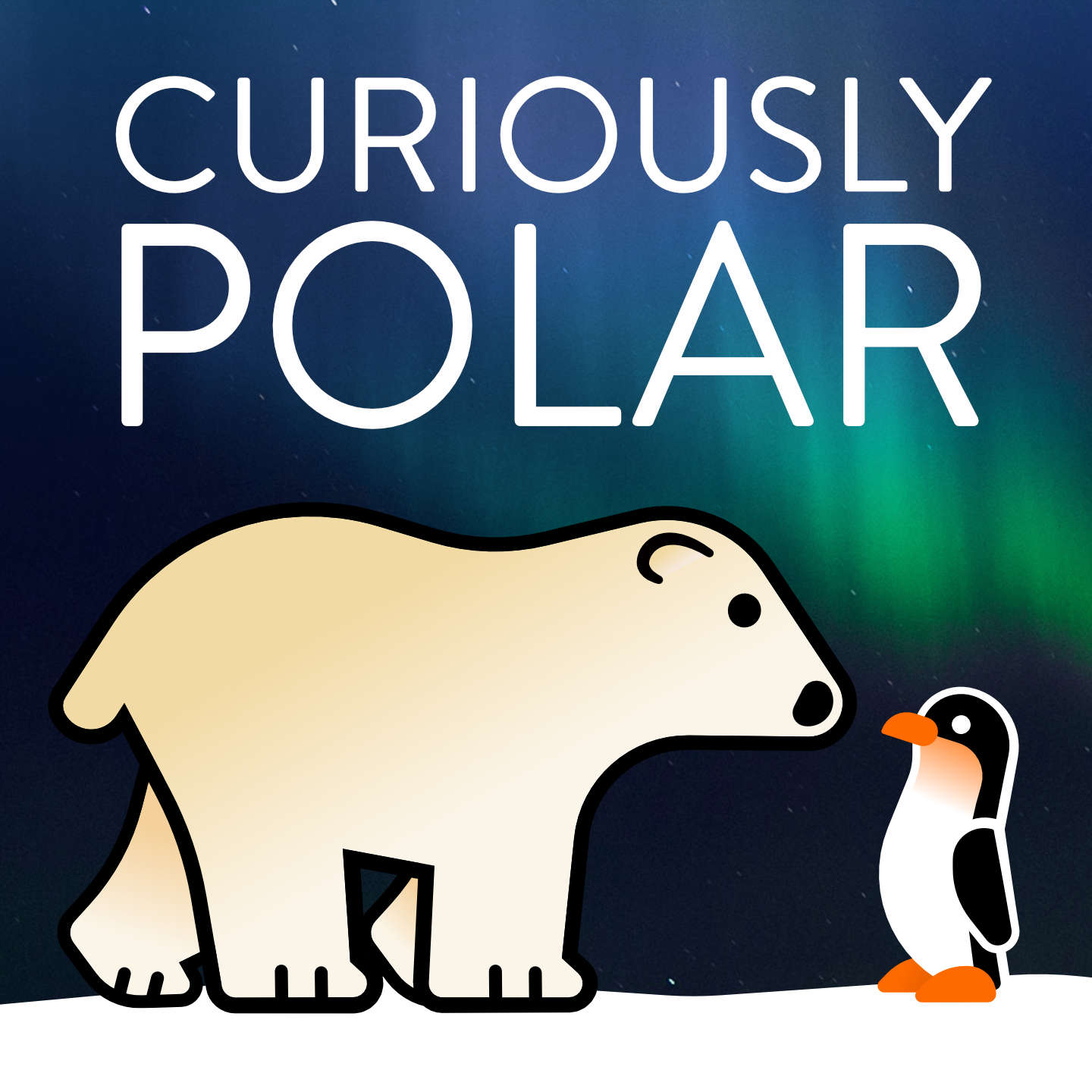111 Three New Penguin Species Discovered
Notes
It’s not so much heroic exploration but rather [scientific research that leads to the discovery of three new species of penguin](Their DNA alone is a dead giveaway, confirming these groups are not breeding with each other. This basic difference suggests all four species are now evolving independently of one another.The four groups of penguins look superficially very similar. But when we measured their skulls, bills, flippers, and legs we found that they were significantly different in size, with those living on the Antarctic Peninsula being smallest and those on the Falkland Islands largest.These physical and genetic differences are great enough that the former gentoo penguin (Pygoscelis papua) is now recognised as four distinct species: P. papua from the Falkland Islands, P. ellsworthi from the Antarctic Peninsula, P. poncetii from South Georgia, and P. taeniata from Kerguelen Island.The four species inhabit distinct environmental conditions across a large range of latitudes. P. ellsworthi lives on the cold, icy Antarctic Peninsula at a latitude of around 65° south, in stark contrast to the milder conditions experienced by P. taeniata at 49° south. The four species also consume different diets, with the more southerly species eating more krill and fewer fish.). First described in 1781, the gentoo penguin was considered one species with two subspecies, one that lives in the Falkland Islands (Pygoscelis papua papua) and one that lives in the South Shetland Islands and Western Antarctic Peninsula (Pygoscelis papua ellsworthi).
Now it seems that one species has been split into four. Despite sharing roughly the same appearance, in habitats not so far apart, the gentoo penguin appears to have divided itself into four populations that have little to do with one another, according to new research.
For the first time, scientists have shown that these penguins are not only genetically distinct but that they are also physically different too. Gentoos tend to stick close to their home colonies, and over hundreds of thousands of years have become geographically isolated from each other to the point where they don't interbreed with each other, even though they could easily swim the distance that separates them. And that's essentially the concept of a species: an interbreeding group reproductively isolated from other such groups.
Using genome data and measurements from museum samples, researchers found clear differences in the genes and morphology of gentoo penguins. The differences are great enough that the authors think both recognised 'subspecies' should be elevated to their own species, while two new species should also be added. They look very similar to the untrained eye, but when we measured their skeletons we found statistical differences in the lengths of their bones and the sizes and shape of their beaks.
Their DNA alone is a dead giveaway, confirming these groups are not breeding with each other. This basic difference suggests all four species are now evolving independently of one another.
The four groups of penguins look superficially very similar. But when we measured their skulls, bills, flippers, and legs we found that they were significantly different in size, with those living on the Antarctic Peninsula being smallest and those on the Falkland Islands largest. These physical and genetic differences are great enough that the former gentoo penguin (Pygoscelis papua) is now recognised as four distinct species: P. papua from the Falkland Islands, P. ellsworthi from the Antarctic Peninsula, P. poncetii from South Georgia, and P. taeniata from Kerguelen Island. The four species inhabit distinct environmental conditions across a large range of latitudes. P. ellsworthi lives on the cold, icy Antarctic Peninsula at a latitude of around 65° south, in stark contrast to the milder conditions experienced by P. taeniata at 49° south. The four species also consume different diets, with the more southerly species eating more krill and fewer fish.
Tyler J, Bonfitto MT, Clucas GV, Reddy S, Younger JL. Morphometric and genetic evidence for four species of gentoo penguin. Ecol Evol. 2020;00:1–11.




